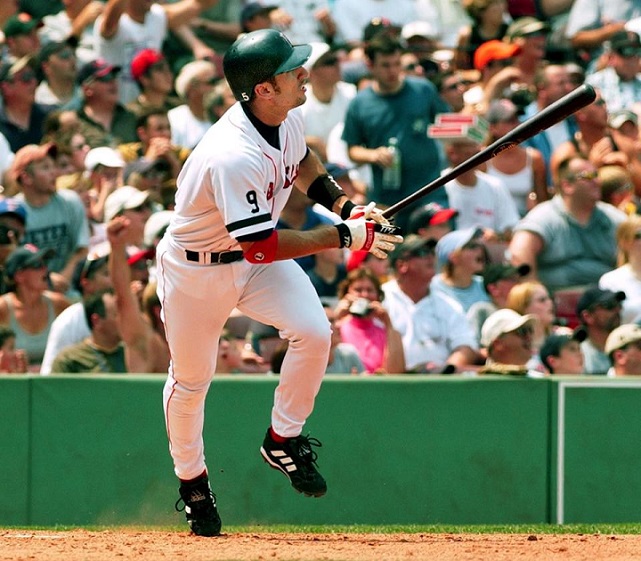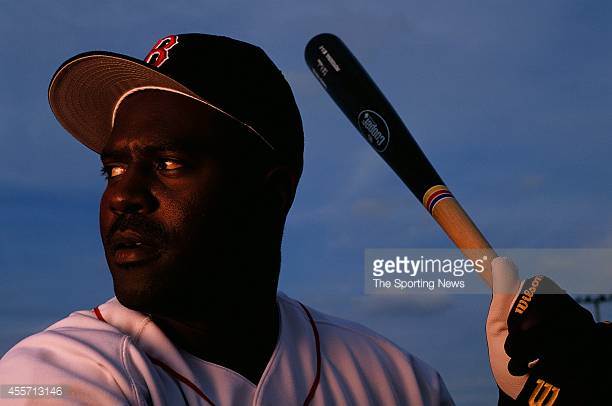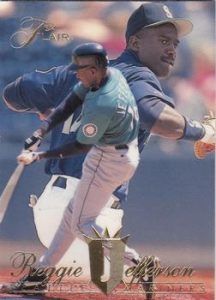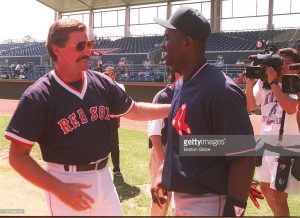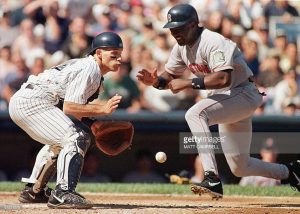Tuesday, July 23, 2002, the Devil Rays and Red Sox were set to play two at Fenway Park. The day happened to be fan favorite Nomar Garciaparra’s 29th birthday. Nomar and Manny Ramirez were both coming off two home run games in a loss the previous day. The Red Sox still stood at 57-39 on the season, 27 games ahead of the Devil Rays.
Red Sox Slip Out of the Gate
Tim Wakefield was on the mound for the Red Sox, making his first start in three weeks. Wakefield had mostly pitched out of the pen so far on the season to good success, coming in at 3-3 with a 2.99 ERA. He was opposed on the mound by Worcester, Massachusetts native Tanyon Sturtze. Sturtze was an unenviable 1-9 on the year despite an okay 4.39 ERA. Wakefield started out the game right, striking out Randy Winn swinging. However, he hit the second batter of the game, quickly demonstrating the fickle nature of his knuckleball. The next batter was Steve Cox, who was putting together a solid season. Cox took a 1-0 pitch out to right field for his 12th home run of the season, and just like that the Sox were behind 2-0.
Wakefield encountered some more troubles in the second; a single and a walk were followed by a passed ball and the Devil Rays had men on the corners with no one out. A fly ball brought home the runner from third and Tampa Bay’s lead grew to 3-0. Two batters later Randy Winn doubled home another run and it just didn’t seem to be Wakefield’s day. He got the next batter to lineout but trailed 4-0 after two.
Red Sox Offense Explodes
The Red Sox trailed 4-0 entering the home half of the third inning, but were sending the top of the order to the plate. With the count full, Johnny Damon homered off Sturtze to right to put the Sox on the board. Lou Merloni followed with a single to put a man aboard. Sturtze fell behind Nomar Garciaparra 3-0. Nomar may have surprised him when he jumped on a 3-0 pitch and homered to left. Two pitches later Manny Ramirez homered to the opposite field and the game was tied. The Red Sox had homered three times in four at-bats to kick off the third inning and it was 4-4.
A walk and an error put two more men aboard with one out for Trot Nixon. Nixon doubled to left to score one and the Red Sox suddenly had the lead. Wakefield’s catcher Doug Mirabelli followed with a double of his own to plate two more runs. The Red Sox had batted around and were still threatening. Johnny Damon, batting for the second time in the inning, lined a base hit to right-center to score Mirabelli and chase Sturtze from the ballgame.
Long man Brandon Backe replaced Sturtze, but he wouldn’t have any more success. After getting a pop out, he faced Nomar with a man aboard. Nomar jumped on the first pitch, as he so often did, and homered to left for his second two-run homer of the inning. The birthday boy had put the Sox ahead 10-4 in the third.
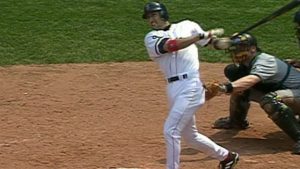
Nomar Hits a Birthday Slam
Wakefield settled in after the 10 run uprising, enjoying a 1-2-3 fourth inning with two strike outs. But the Sox weren’t so content with their six run lead. After back to back popups, the flood gates reopened. Trot Nixon followed a Jose Offerman single with a run scoring double. Doug Mirabelli then drove in Trot for the second straight inning with a base hit. A Johnny Damon double was followed by a walk to Lou Merloni. The bases were loaded and up strode the birthday boy. Nomar, with two home runs the previous inning, was up with the bases loaded, they had to pitch to him. On a 2-2 count Nomar deposited yet another baseball over the Green Monster for his third home run in two innings, a Major League record. The Red Sox now led 16-4 following the grand slam.
Sox Cruise to Victory
Tim Wakefield pitched three shutout following the rough start to go the necessary five for the win. Willie Banks replaced him and cruised through the Tampa Bay lineup. Banks allowed just two baserunners and needed only 39 pitches to finish off the game. He earned the save with his four shutout innings of relief, lowering his ERA to 2.84.
The Sox offense wasn’t quite done. The Red Sox scored two in the sixth, one on a double from Manny Ramirez. In the seventh, Trot Nixon homered off Travis Phelps to make it a 19-4 game. Close to 20, the Red Sox still had work to do. In the eighth, Johnny Damon singled followed by a walk to Lou Merloni to bring up Nomar with two men on. With a chance at a four home run game, Garciaparra flew out. However, Manny Ramirez wanted in on some more action. Manny homered to left for his second of the game, giving the Red Sox a 22-4 lead. When Banks cruised through the ninth, that was the final score.
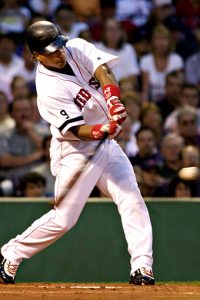
Wrapping It Up
The Red Sox had several members with huge performances, but Nomar took center stage. With three home runs and eight runs batted in, Nomar had possibly the finest birthday performance ever. He also tied a record by hitting five home runs over a two game span. This, coupled with Manny Ramirez’ four home runs over the same two games made the teammates the first pair of teammates to combine for nine home runs over two games. Nomar had also hit three home runs and driven in 10 runs on May 10, 1999, making him the fourth Red Sox ever to have multiple three homer games. He joined Ted Williams, Jim Rice and Mo Vaughn in accomplishing this. Nomar and Mo were the only two to have done them both at Fenway Park.
On top of Nomar Garciaparra and Manny Ramirez’ big nights, Johnny Damon and Trot Nixon both collected four hits and homered. Damon scored four runs while Trot drove in three runs and scored three. The Red Sox had 19 hits and seven walks on their way to the 22-4 victory. Watch video of Nomar’s monster performance here.
Featured picture from the Boston Globe.
Find me on Twitter: @thefrizz87.
